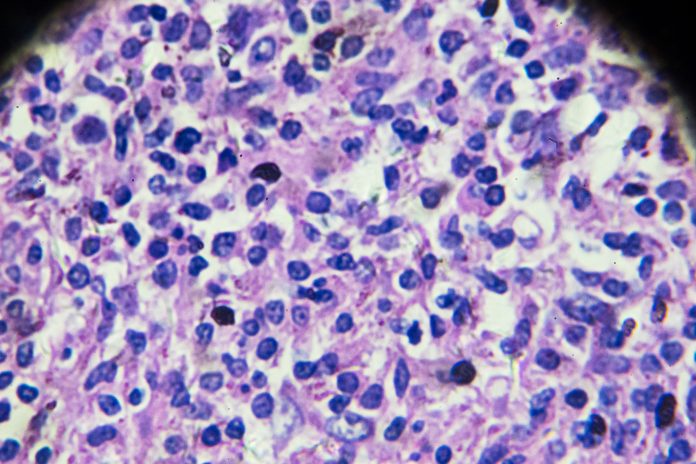
Viruses have evolved with humans for millions of years, so it’s no surprise they’ve evolved tricks to evade our natural, or innate, immune responses. Unfortunately, it’s often unclear what these tricks are. But now, thanks to researchers at the University of North Carolina (UNC) School of Medicine, one of these tricks has been revealed. It is particular to gammaherpesviruses, which include Kaposi sarcoma-associated herpesvirus (KSHV) and Epstein-Barr virus (EBV).
These viruses, which are DNA viruses, have been linked to several cancers and establish lifelong latency in the human population. According to the UNC researchers, these viruses use a human protein called barrier-to-autointegration factor 1, or BAF, to evade our innate immune response, allowing the viruses to spread and cause disease.
Details about the new research appeared in Nature Communications, in an article titled, “Barrier-to-autointegration factor 1 promotes gammaherpesvirus reactivation from latency.”
“We report that barrier-to-autointegration factor 1 (BAF)-mediated suppression of the cGAS-STING signaling pathway is necessary for reactivation of KSHV and EBV,” the article’s authors wrote. “We demonstrate a role for BAF in destabilizing cGAS expression and show that inhibiting BAF expression in latently infected, reactivating, or uninfected cells leads to increased type I interferon-mediated antiviral responses and decreased viral replication. Furthermore, BAF overexpression resulted in decreased cGAS expression at the protein level.”
The research was led by Blossom Damania, PhD, the Boshamer distinguished professor of microbiology and immunology and member of the Lineberger Comprehensive Cancer Center. She stated, “Viruses are in a constant battle with the cellular immune system, which includes the protein cyclic GMP-AMP synthase, or cGAS, which binds to viral DNA and sounds the alarm to trigger immune responses and fight the viral invaders. We’ve discovered that KSHV and EBV use a different host cell protein, BAF, to prevent cGAS from sounding the alarm.”
In the case of KSHV and EBV, the expression of BAF is increased upon infection, suggesting that these viruses take advantage of this host protein to blunt the immune response to infection. In a series of experiments, Damania’s laboratory found that BAF contributes to the degradation of the cGAS DNA sensor. With less cGAS protein available in the infected cell to detect DNA, the cells mount weaker immune responses, which allows these two viruses to replicate and spread more efficiently.
“BAF enables EBV and KSHV to reactivate from latency, replicate, and make more of themselves,” said first author Grant Broussard, a graduate student in the genetics and molecular biology curriculum at UNC Lineberger. “Our study highlights the prominent role that DNA detection pathways like the cGAS pathway play in controlling viral infection.”
He stressed that disrupting BAF activity with targeted therapies could reduce its immunosuppressive effects, thus restricting replication of these viruses to prevent the spread of disease.
Damania, who is a Leukemia and Lymphoma Society scholar and a Burroughs Wellcome Fund investigator in infectious diseases, added, “Preventing lytic replication will prevent transmission of these viruses and also reduce the global cancer burden associated with these two viruses.”













